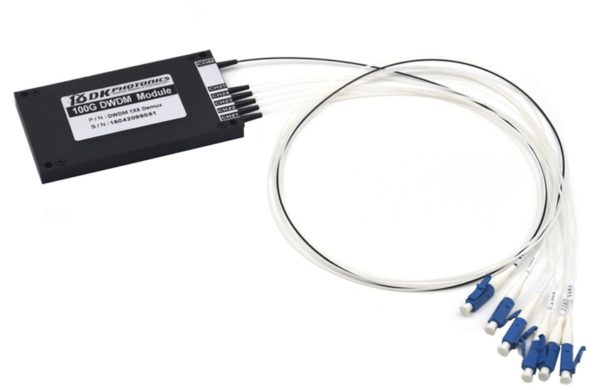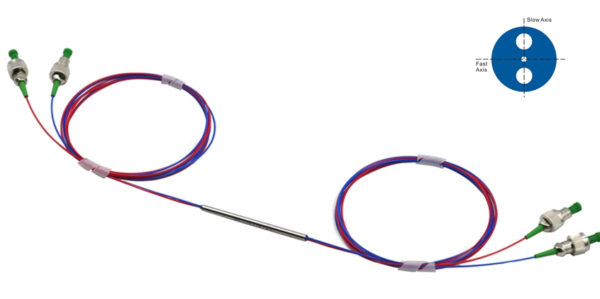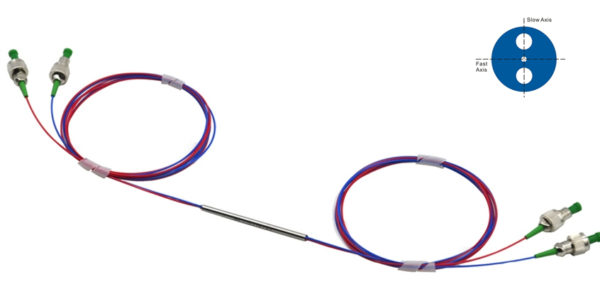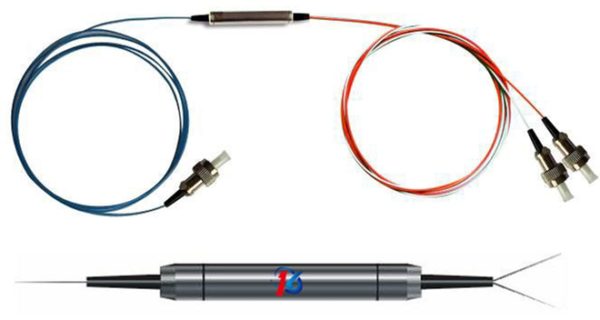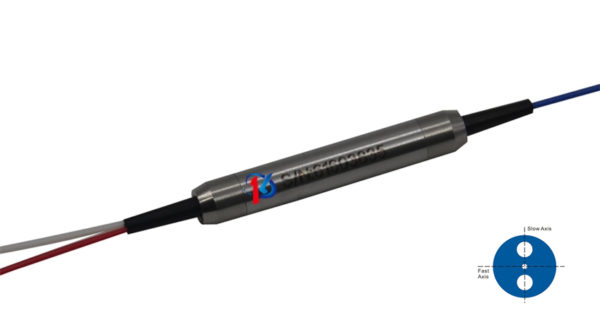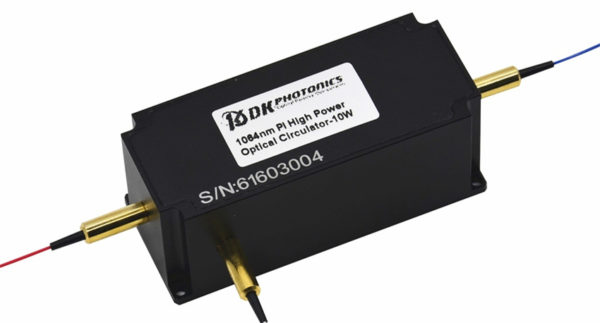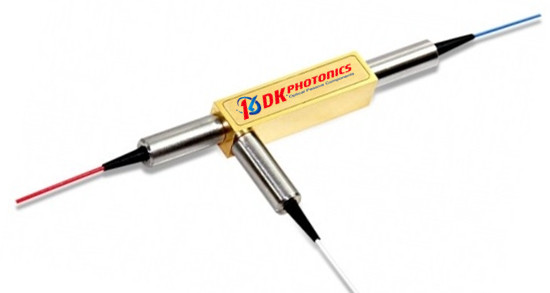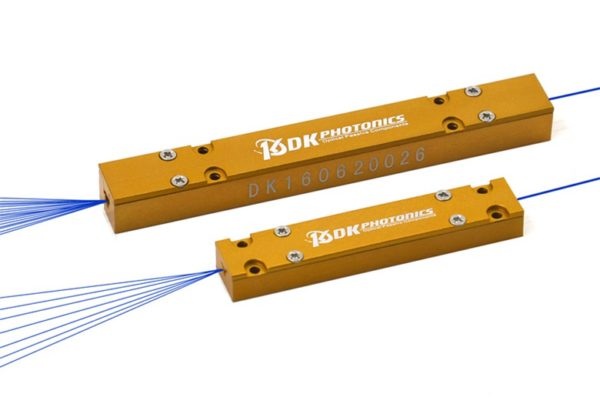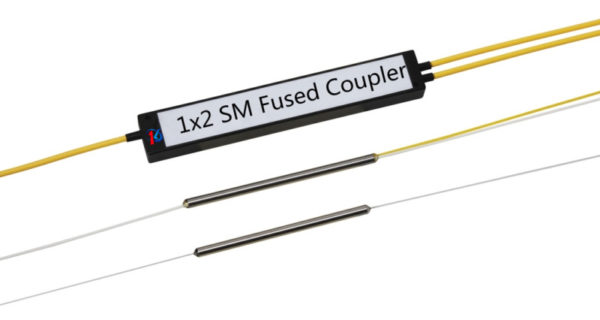The polarization uncaring isolators are planned and made to Telcordial standard. The interesting assembling process and optical way without epoxy configuration improve the gadget’s powerful dealing with capacity. The gadgets are portrayed by elite, high unwavering quality, and ease. Polarization uncaring isolators have been generally utilized in EDFAs, Raman enhancers, DWDM frameworks, Fiber lasers, transmitters and other fiber optic correspondence hardware to smother back reflection and backscattering.
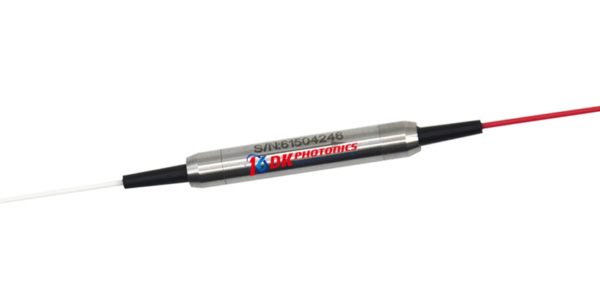
Prior to knowing the favorable circumstances and portraying the applications, it’s critical to comprehend what makes fiber optics innovation stand separated in contrast with traditional cabling frameworks. Semiconductor innovation has assumed a vital job in its sensational execution. It has created important light sources, photograph finders and optical instruments that make it better than a customary cable.
A portion of these advantages are:
- Optical filaments offer low transmission misfortune and more extensive transmission capacities for moving information as light.
- Their low weight and little measurements are focal points over cumbersome copper and other cable frameworks.
- They are resistant to ecological electro-attractive obstructions in light of their dielectric nature.
- Since they are built from glass or plastic they offer to finish electric disengagement. This makes them secure for submerged applications.
- To wrap things up, there is a wealth of crude materials accessible for development of strands. This keeps their cost low in contrast with different cables.
Favorable circumstances
Presently we know about the things which make fiber optics the best accessible choice. The second essential thing to know is the thing that preference this innovation is putting forth to the customers. The points of interest recorded here are few; however, there are unquestionably preferences as a general rule. A few models of these favorable circumstances are:
Non-conductive nature of fiber:
The cables are non-conductive in nature as they are comprised of silica with a few protecting defensive layers over it. In this manner, they are resistive to lightning, rusting and corruption. This makes them reasonable for submerged applications like pools and spa light.
Dispose of start and stuns:
Electric signs are to a great degree perilous in numerous applications. They cause sparkles, make an electric current and can be hazardously incidental. Fiber optics are free from these issues as it doesn’t convey current.
Simple to install:
Traditional cables are thick, substantial and cumbersome which makes them exceptionally hard to install. Then again optic cables are more slender, light and adaptable which makes them simple to install in any area and they can be advantageously confined to any question.
Insusceptible to electromagnetic impedance:
This is the most valuable nature of optical fiber in the media transmission industry. This obstruction is a kind of clamor which lessens the nature of flag. Since optical fiber doesn’t convey current it is safe to this issue.
In short, we can state that Polarization Insensitive Optical Isolator is adaptable, dependable, and secure, protected, less inclined to natural risks or more all simple to install and oversee.
